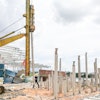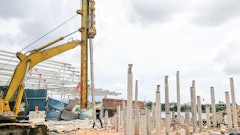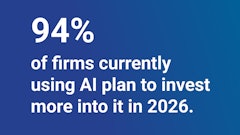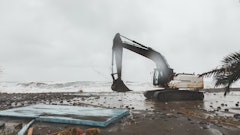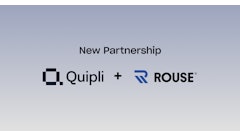We kicked around some topics for this month’s column. We thought maximizing tax benefits would be useful; or maybe how to evaluate business expansion plans; or ways to improve employee benefit packages. All are great topics, but there are numerous other topics to dwell on that are just as relevant. In short, there is so much to chat about that can help you improve profits and cash flow!
So let’s get started and see how far we can get.
Possible Impacts of Tax Reform
As this was being written, the tax reform picture was still up in the air. Based on what moves forward, your company tax rates may or may not be lower depending on whether you have a flow-through entity and how much taxable income you are dealing with.
One thing that seemed to be sticking is the expensing of equipment and maybe even buildings. If buildings do, in fact, become 100% deductible, I suggest you will see more being built, which is a good thing for most of you.
On the other hand, the use of like-kind-exchanges (LKE) for anything other than real estate may be eliminated. If you have been selling used equipment as opposed to trading it in and using LKE to defer the tax, you may not be able to do that anymore.
To close up the tax discussion, I would suggest you get your hands on an industry specific recap of the bill (assuming it successfully makes its way through Congress) that you can scan to see if you spot anything you need to do to get tax benefits that you currently don’t have. Also make sure you have competent tax advisors and preparers (sometimes not the same people) to guide you through the new bill and how to plan for it. I would clean up your balance sheet as of December 31, as well, if doing so will provide deductions to use against 2017’s higher rates.
ESOPs Benefit Both You and Your Employees
Do you know what an ESOP is? If you are a company owner thinking of selling, you should find out, because it allows you to take money off the table, enhance benefits to your employees and keep good employees for an extended term. It also provides tax benefits that include zero tax payment requirements post close of the ESOP transaction.
ESOP stands for Employee Stock Option Plan, which in 10 words or less means that the plan buys company shares for fair market value and then allocates them to qualified employees much like a profit-sharing plan. If an employee sticks around for 10 to 13 years, they will have accumulated a sizable nest egg. It is a little bit more complicated than that but you get the idea.
In other words, you can sell your company and pay Uncle Sam 40% of the proceeds, or you can sell to an ESOP, continue to work at the company, keep your employee group in place and under some conditions keep the 40% tax money in your bank account.
ESOPs work but you need to have a profitable company with a clean balance sheet to qualify. You also need cash flow to fund the purchase of the shares, which means you borrow the money to buy the shares and have to pay it back based on the loan terms you can negotiate.
So, if you are thinking of getting out, you should take a look at an ESOP as one of your options. I’m amazed at how many contractors already have an ESOP in place. I encourage you to ask around to find out who does and how it is working.
(Learn more about the basics of ESOPs at http://bit.ly/2j9d4mk.)
New Lift Equipment Safety Standards
The new ANSI A92 Standards are going to become reality soon. They enhance safety regarding mobile elevating work platforms (MEWPs), which are commonly known in the U.S. as aerial work platforms.
There are new requirements for the equipment as well as those who come in contact with MEWPs. New familiarization checklists will be supplied by manufacturers for use by operators, supervisors and other field personnel. Supervisors and operators will need to complete a MEWP training program and may even have to retrain.
Exiting a Platform at Height: New ANSI Standards Explain How
Annual equipment inspections are also required, with a notification placed on the unit indicating when the last inspection was completed.
Your insurance company is sure to ask about compliance with these new standards. It would be best to start planning to keep track of who received training, and when to schedule the annual inspections that need to be documented.
JLG Educational Website Helps Customers Understand Changing ANSI Standard
All of this is just another reason to consider renting MEWPs, since rental companies will comply with the inspection requirement and also have operator training for your staff. Let them manage the process for you.
Here’s to a profitable 2018!



